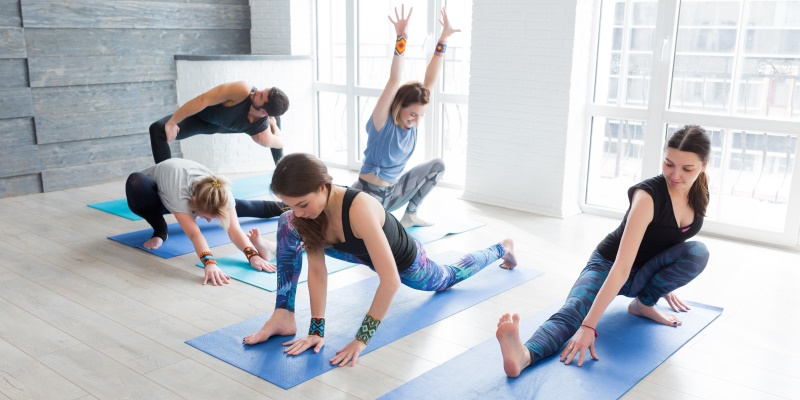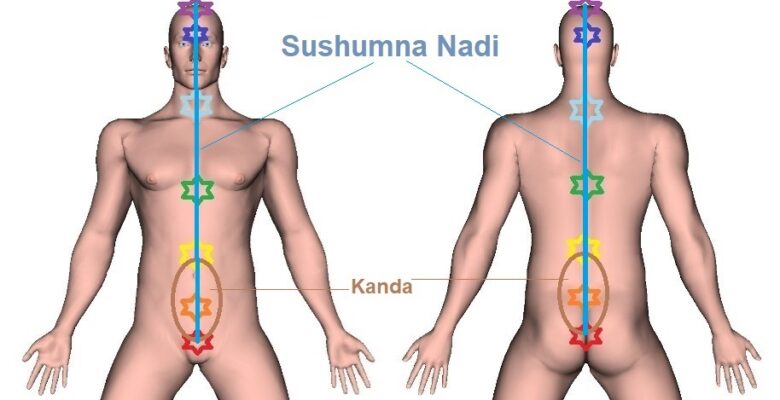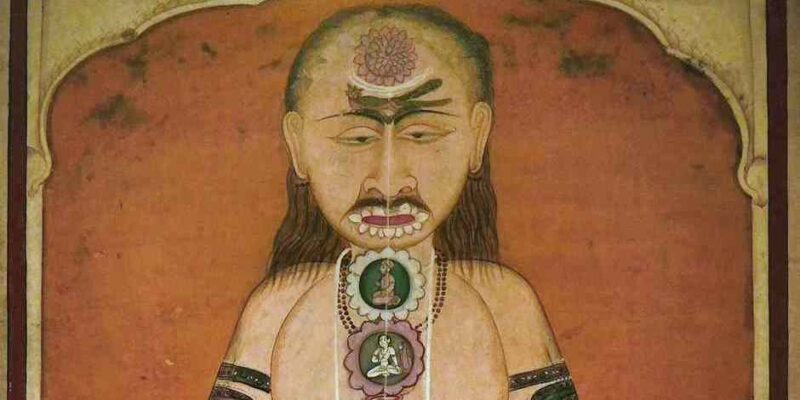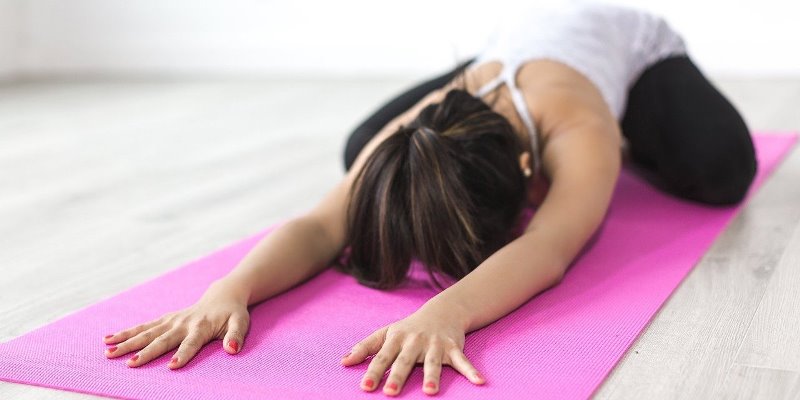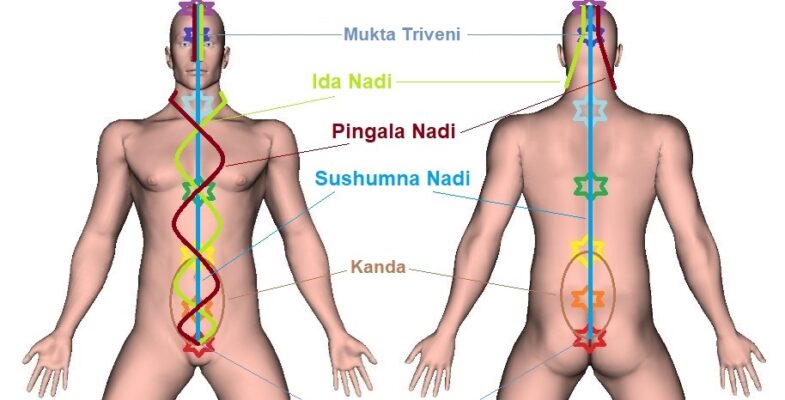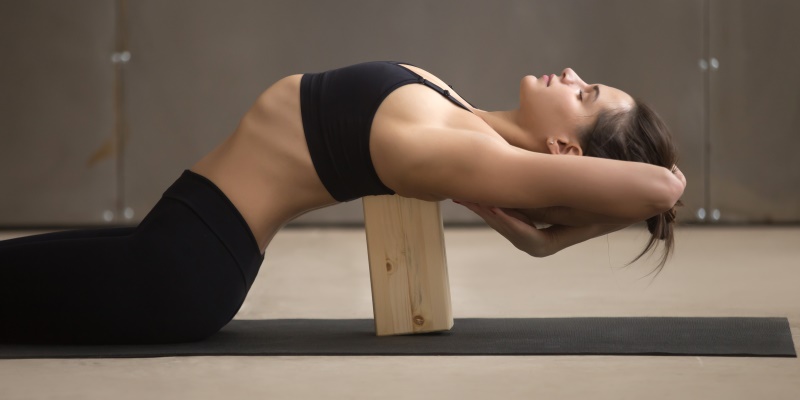
Iyengar Yoga is a modern Yoga modality developed by B. K. S. Iyengar (1918 – 2014), emphasizing precision and alignment in the performance of Asanas (Yoga postures). It’s also known for its use of many types of props, such as ropes, belts, blocks, sand bags, and blankets, to aid students of all physical conditions and limitations to perform the poses correctly without any risk of injuries.

Iyengar is from the same Yoga lineage as Pattabhi Jois (founder of Ashtanga Vinyasa Yoga), as both have learnt Yoga from Tirumalai Krishnamacharya — known as the father of modern Yoga. Thus, the modalities share many of the same Asanas, among other conceptual similarities. Iyengar Yoga also has the conceptual influence of Hatha Yoga and the Yoga Sutras of Patanjali, like most Yoga as Exercise modalities made popular in the 20th century.
Iyengar is known for popularizing Yoga, first in India and then around the world, becoming extremely famous and likewise teaching to very famous people. In 1966, Iyengar wrote his bestselling book Light on Yoga, which is considered the bible of modern Yoga and contains detailed instructions and illustrations of the Asanas.
Differences with other Styles of Yoga
The method of Iyengar Yoga is unique, differing from other styles of Yoga because of a few main elements:
- its focus on the execution of the poses, prioritizing a precise execution rather than the number of different Asanas done;
- the sequences in which the Yoga postures are practiced are also considered important, and the poses are usually held for a longer period of time compared to other styles of Yoga, and finally
- the use of props, which help the students to achieve the proper body alignment in every Asana.
Health Benefits of Iyengar Yoga
Some of the health benefits of Iyengar Yoga are thought to be: improved physical and psychological health; pain relief; improved posture and flexibility; strengthening of muscles; increased focus, concentration and overall energy; experiencing the unity of body, breath, mind and soul; among others.










